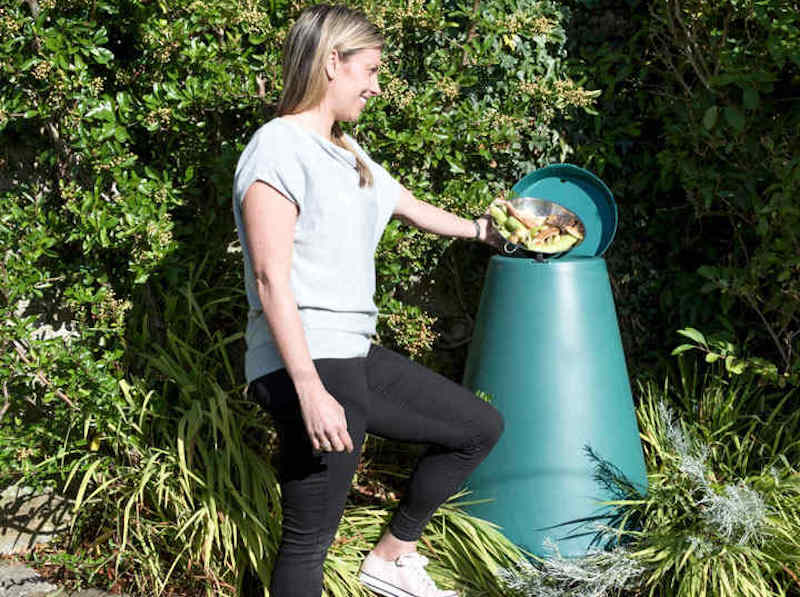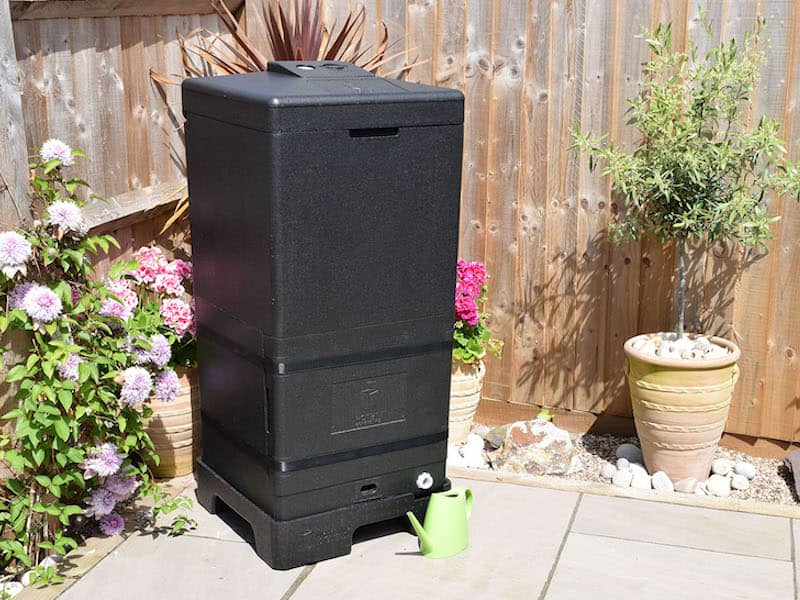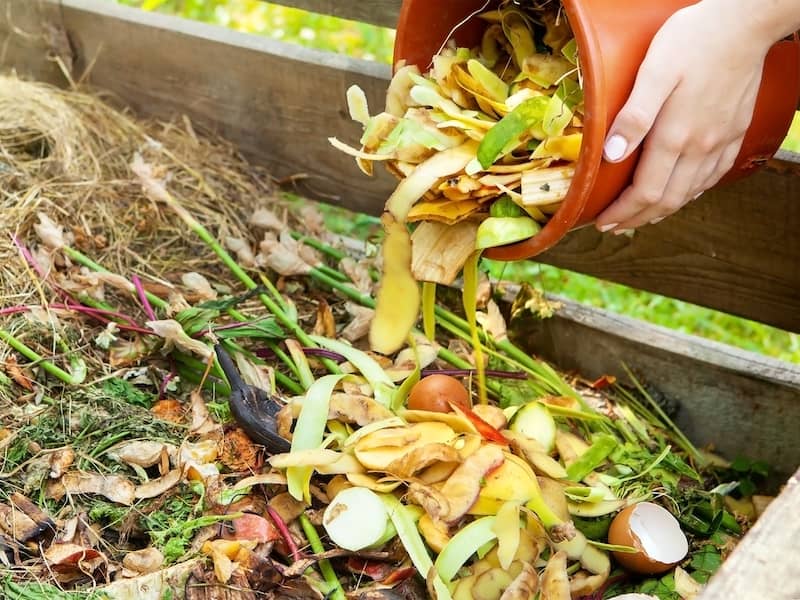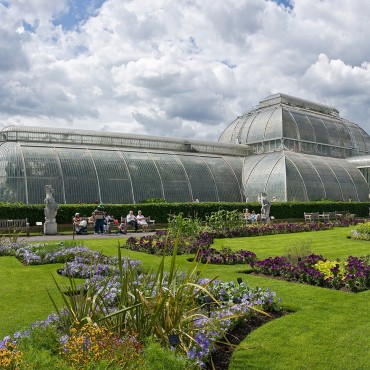Making your own compost is a great way to save money, enrich your soil and give your plants and flowers a welcome boost. Simply mix kitchen scraps with leaves, garden clippings, shredded wood, grass cuttings and shredded cardboard and you’ll soon have a rich source of homemade organic matter to feed your plants. Here’s our guide to making your own compost.
Browse our full range of compost bins for everything you need to get started.
Where should I put my compost bin
Your compost bin should be placed somewhere easily accessible so you can nip out quickly with kitchen scraps and add garden waste without hassle. If possible, choose a sheltered spot that won’t be exposed to extreme temperature changes. Gentle heat speeds up the composting process and it will naturally slow own over winter.
If you have the space, install a couple of modular wooden compost bins without bases. Place them directly onto the soil so that worms and other organisms can help to break down the material. Use one bay for new material while leaving the material in the other to gradually decompose.
For smaller gardens, compost cones made from recycled plastic are a clever space-saving option. And if you want to create compost even quicker, try a Hotbin. These insulated, sealed units reach temperatures of 40-60C and turn waste material into usable compost in just 30-90 days.
Which materials can be composted

Image: Green cone composter from Suttons
To get the best results from your compost bin you should add equal layers of soft green and brown material.
Soft green material includes raw vegetable peelings, soft prunings, grass clippings, tea leaves, coffee grounds, crushed egg shells and young annual weeds that are not producing seeds.
Compostable brown material includes tree and hedge prunings, egg boxes, thin cardboard packaging, old bedding plants, straw or hay bedding from rabbits and guinea pigs and small quantities of leaves. To speed up the breakdown, woody prunings should be chopped or shredded into small pieces.
Don’t add diseased plants, cat litter or dog faeces as they can carry diseases. Cooked food and meat are also best avoided as they can attract vermin.
How to speed up the composting process

Image: Modular wooden compost bin from Suttons
To help the process, turn the contents of your compost bin about once a month to mix and aerate the decomposing material. Adding a compost accelerator will help the contents of your bin decay even quicker. Keep the material dry but not over wet. You’ll know it’s ready for use when the compost is black and crumbly.
What to do if your compost is wet and smelly
If the material in your compost bin is very wet and smelly, it’s likely that there’s too much soft green waste. Add shredded cardboard or newspaper to help dry it out, along with more woody material such as hedge prunings, old bedding plants and straw.
What to do if your compost is very dry and not breaking down
Dry material that’s not breaking down in the compost bin indicates that there may not be enough soft green waste such as vegetable peelings and grass mowings. Mix the green waste in well with the other material in the bin, watering the mixture as necessary.
How to use home made compost

Image: HOTBIN Mk.2 Composter from Suttons
Making your own compost saves money and reduces the amount of waste that is sent to landfill. Unless you’re using a Hotbin, it takes between 6 and 24 months to complete the process, depending on the material in your bin. It should have a crumbly texture when it’s ready.
Apply your home-made compost as a thick layer of mulch to protect plants from frost over winter. Applied in late autumn, it also provides much needed nutrients, improves the structure of your soil and reduces weeds.
Making your own compost is a cost-effective way to improve the soil quality in your garden. In the meantime, if you need to supplement your supply, order bags of specialist or peat-free compost and plant food to be delivered straight to your door.
Lead Image: Vegetable Kitchen Waste from Shutterstock
Last Updated on December 13, 2024 by Suttons Horticultural Team





